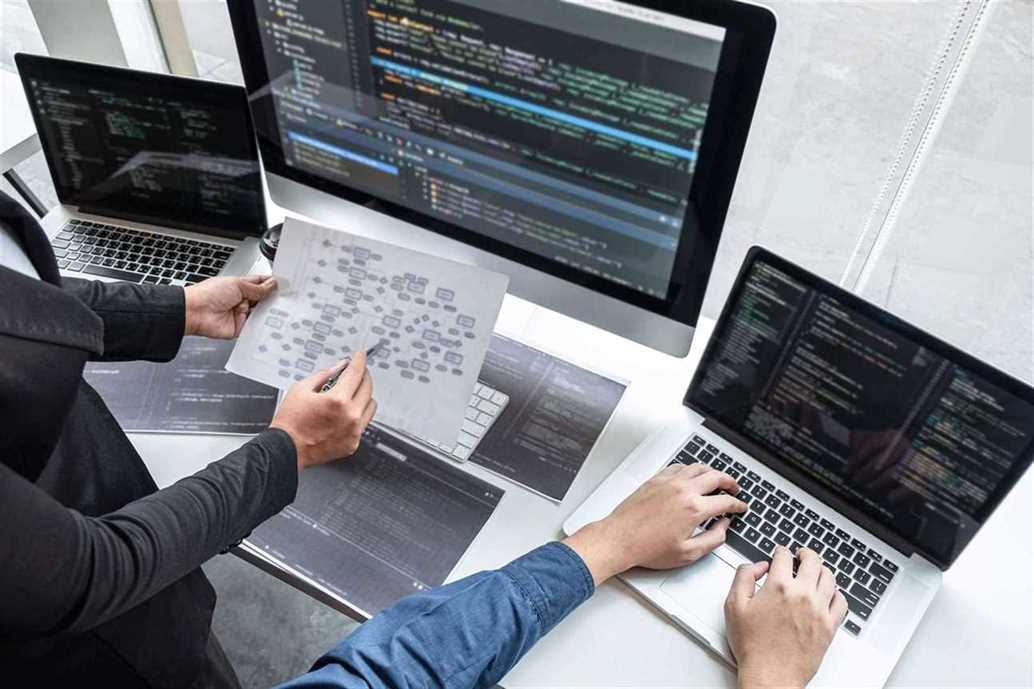Content
It’s like looking at your arm when it’s halfway in the water. We’re using normal vectors so we’ll want to transform them with a normal matrix again. The Position output vector is a world-space position vector. This Position output of the vertex shader is used to calculate the view direction vector in the fragment shader. If you run this you will get into difficulties though.

We can calculate this reflection vector using GLSL’s built-in reflect function. The resulting vector \(\color\) is then used as a direction vector to index/sample the cubemap, returning a color value of the environment. The resulting effect is that the object seems to reflect the skybox.
Environment mapping
While not a requirement, the current implementation retains the height to width ratio of the output image to the same as the vertical aperture to horizontal aperture. Note that in this special case the top of the face should coincide with the top of the cylindrical panoramic. Press ‘Reproject’ button to do the conversion to a cubemap. Download the HDR version of environment texture and press ‘Add Files’ button in PlayCanvas Texture Tool to load the file. The fourth component of the texture coordinate for shadow lookups is the comparison value. Understanding the orientation of a cubemap is very important, and it can be somewhat unusual due to differences with traditional OpenGL orderings.
How is global illumination different from direct light?
Direct illumination occurs when a light source illuminates objects in a scene directly for example in a 3D configurator. Indirect illumination, on the other hand, occurs when the light reflected or transmitted by objects illuminates other objects. Global illumination is the technique used to simulate indirect lighting.
Built cubemaps are saved into a folder within the map file that uses its name; renaming it will cause the cubemaps not to load alongside the map, and therefore it will act as if there were none. To fix that, either delete then rebuild the cubemaps, or extract then embed them back (with their folder’s name matching that of the map). Replace “mapname” with the map’s actual name, the cubemaps’ filenames with correct ones, and “foldername” with the actual name of the folder that contains the extracted cubemaps. Games running on Vulkan, like will not pause the screen during building cubemaps, but the screen will violently flash black and white.
Reflections & Lighting
Saves directly into DDS cubemap format, but it’s limited to 256×256 and you can’t set the DDS compression format . Usually for games you store the bitmaps all in one file using DDS or another compressed format, though some editors prefer them stored as six separate bitmaps . This means that the textures are sampled at their centers and this can lead to aliasing artefacts. One way around this is to use GL_LINEAR instead in which case a 2×2 average is formed, however this leads to the need for special handling at the edges. OpenGL provides support for this but it means that you need to create textures that have a 1 pixel border where the border has the appropriate pixels from the adjacent faces.

In order to achieve 15 to 20 frames per second, only very simple models with crude rendering techniques can be attempted. There simply isn’t computer hardware fast enough to perform high quality rendering of geometrically complicated models. The question then is what solutions exists between these two extremes? How can one present a 3D environment so that the user can explore it interactively and at the same time view it with a high degree of realism. As an illustrative example the following 6 images are the textures placed on the cubic environment, they are arranged as an unfolded cube.
HDR
Note that the coordinate system for cubemaps is left-handed. The axis labels on the 6 face diagrams shows the direction that the given face will be oriented in cubemap space. So the positive Y axis face as the local V coordinate of the texture map going towards positive Z. Building cubemaps is the process of generating their textures to then use them as reflections. This looks quite awesome, but in reality most models aren’t all completely reflective. We could for instance introduce reflection maps that give the models another extra level of detail. Just like diffuse and specular maps, reflection maps are texture images that we can sample to determine the reflectivity of a fragment.
- A Cubemap is a collection of six square textures that represent the reflections on an environment.
- And of course V is flipped in all cases, because OpenGL uses a bottom-left coordinate system for its textures.
- Cubemaps are supported natively in graphics hardware so they’re really quick to transform and render, because of this there’s a unified method for rendering them in games.
- In reality it takes any 2D image and treats it as it were a cylindrical projection, conceptually mapping the image onto a cylinder around the virtual camera and then projecting onto the cube faces.
- Create a Standard material and load a Reflect/Refract map into any slot.
It displayed the view from any user chosen view direction as well as giving the user control over the camera aperture and window size. One can equally form the image textures for a top and bottom cap. The following is an example of such caps, in this case the vertical field of view is 90 degrees so the cylinder is cubic . It should be noted that a relatively high degree of tessellation is required for the cylindrical mesh if the linear approximations of the edges is not to create seam artefacts. For open environments, you would normally set the scene’s sky box cubemap as the cubemap on a reflective object’s materials.
Linear gives the best results visually, followed by Nearest. They are uploaded in the same way as for other kinds of array textures. Remember that the number of layer-faces does not change for mipmaps.
- When a cube is centered on the origin each of its position vectors is also a direction vector from the origin.
- Examples of six precomputed view images are supplied with the Macintosh viewer as PICT files.
- To construct a cubemap, simply drag texture assets from the Assets panel to the face slots in the Preview panel.
- The texture coordinates for cubemaps are 3D vector directions.
- The upper image shows the net of the cube mapping as seen from that viewpoint, and the lower right image shows the cube superimposed on the original scene.
- A previous attemptOne approach, which was the topic of a previous report by myself, is to pre-compute many views at many positions within the 3D model.
- The orientation of the object doesn’t matter, and the object itself won’t be rendered into the cubemap.
- For the top and bottom faces, it’s like facing along the +Z axis and craning your head up and down.
The object itself won’t be rendered into the cubemap. The orientation of the object doesn’t matter, and the object itself won’t be rendered into the cubemap. A cubemap is six images that are mapped onto a cube, creating a 360° panorama.
Building cubemaps
Figure 6 – The views on the left have the edges shown. The situation is now a little more difficult to visualise. The solid ray lines in the following are now at equal angle steps. The dotted lines show where each ray line intersects the pixels, which still need to be equally spaced. Note this analysis is along a center line of a cube face, in reality the cube face is in 2 dimensions and elongation still occurs off this line towards the cube corners. The aspect of the cylinder height to the width for an undistorted cylindrical view and for the two caps to match is tan(verticalFOV/2).
The motivation for this was the creation of cylindrical panoramic images from rendering software that didn’t explicitly support panoramic creation. The software was scripted to create the 6 cubic images and this utility created the panoramic. While rebuilding cubemaps in it would normally fix the issue, it is currently not possible to do so as Source Filmmaker generates blank textures. Rendering the skybox is easy now that we have a cubemap texture, we simply bind the cubemap texture and the skybox sampler is automatically filled with the skybox cubemap. To draw the skybox we’re going to draw it as the first object in the scene and disable depth writing.
Dynamic environment maps
Diffusely convolved cube map wiki page describes how to downsample cubemaps to use for lighting. However if an artist manually creates a cube mesh and maps the six bitmaps onto it, usually this will cause seams from texture filtering. By default most materials use the Wrap uv address mode, which allows a texture to tile across a mesh. With a cubemap however this causes a sliver of the opposite side of each texture to be filtered into each edge. If your material has the option to use Clamp instead of Wrap, this will remove the seams. Place some type of object at the viewpoint you wish to render the cubemap from, for example a camera or a point helper or a geometric object.
- The important thing here are the up vectors for the top and bottom views so that the mapping onto the cube works correctly later on.
- This arises due to the tan() relationship between angle and distance along the cube faces.
- How can one present a 3D environment so that the user can explore it interactively and at the same time view it with a high degree of realism.
- Figure 6 – The views on the left have the edges shown.
- A type of Bump Map texture that allows you to add surface detail such as bumps, grooves, and scratches to a model which catch the light as if they are represented by real geometry.
- We want the skybox to be centered around the player so that no matter how far the player moves, the skybox won’t get any closer, giving the impression the surrounding environment is extremely large.
- The goal is to determine the best estimate of the colour at each pixel in the final spherical image given the 6 cubic texture images.











